
Syllabus
Foundations II is a 6-week course that builds on the mental models from Foundations of a Musical Mind to explore new territory in rhythm, meter, pitch, and harmony. This course is a Kodály-based method drawing on visual, auditory, and kinesthetic (movement) approaches to help you truly internalise how music works on a fundamental level. The course is designed for those who have completed Foundations of a Musical Mind and want to take their understandings and abilities further.
Module 1

In this module, you’ll
- review,
- consolidate, and
- create new music
with the rhythm and pitch frameworks introduced in Foundations of a Musical Mind.
Module 2
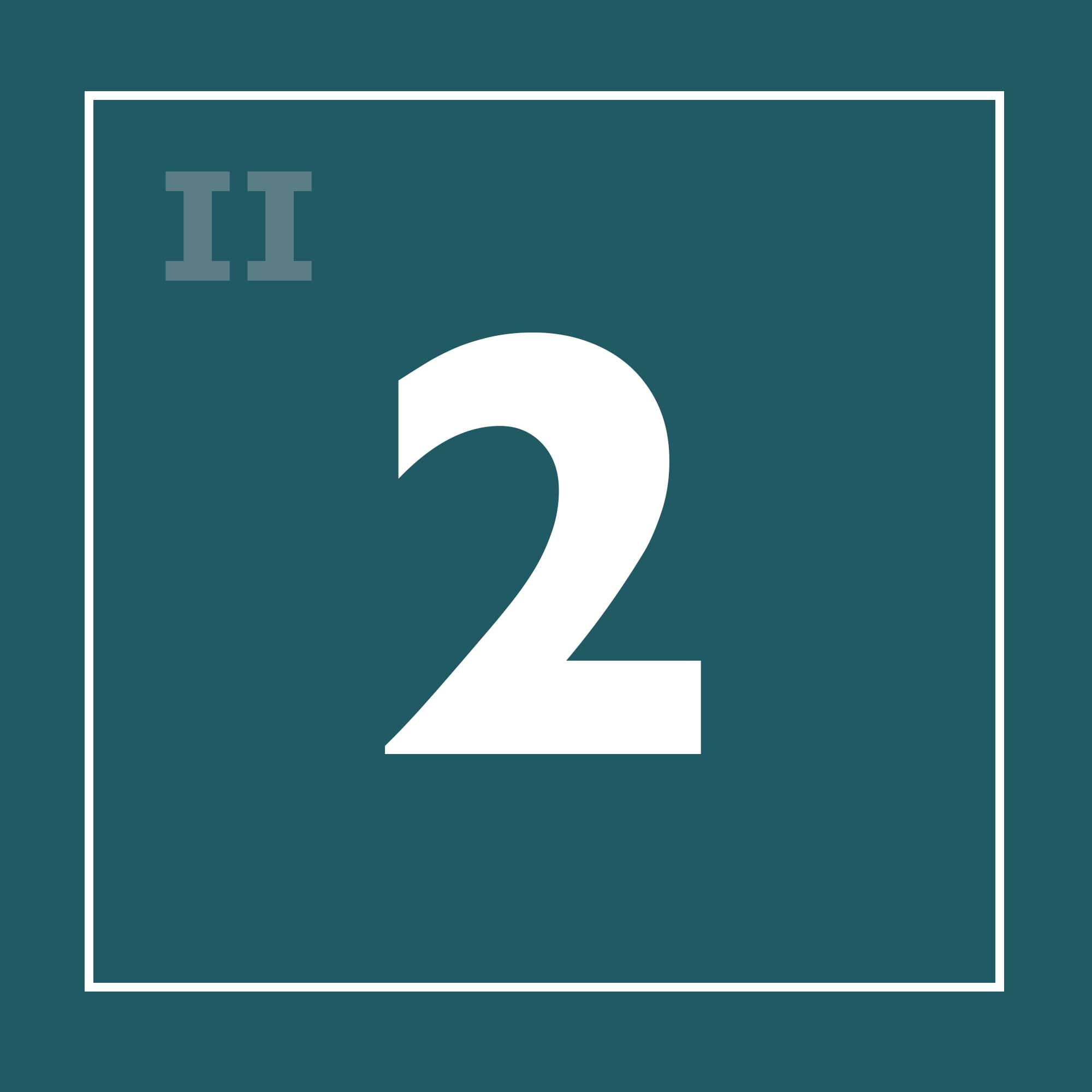
Uneven rhythmic patterns (often referred to as “dotted rhythms”) are quite common in music, but require additional concepts and practice to master.
Foundations worked with rhythm syllables, and simple modifications of those syllables can make uneven rhythms easy and natural to grasp.
In this module, we’ll be extending the rhythm framework introduced in Foundations to introduce new rhythm patterns along with their nicknames, formal names, and their notation.
Module 3
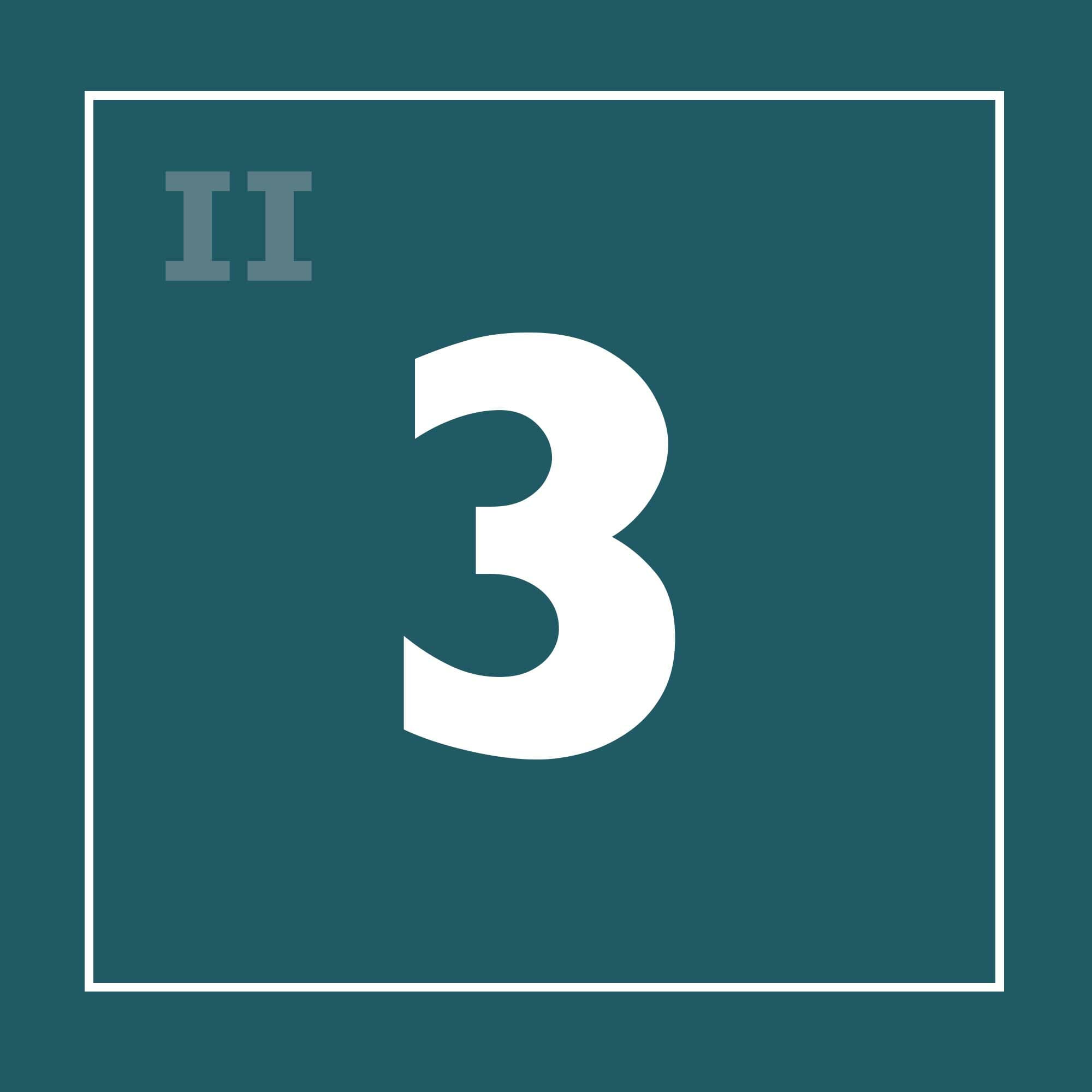
Mastering the pentatonic tone ladder is the first step in calibrating our minds for pitch. But much of the music we listen to and play goes beyond the pentatone.
As we did in Foundations, it is helpful to add new pitches one at a time so we can truly savor them and get to know them.
In this module, we’ll be filling in a new note in our tone ladder, and exploring the musical principles embodied in this note by learning about the several ways that this note “lives” in songs.
Module 4
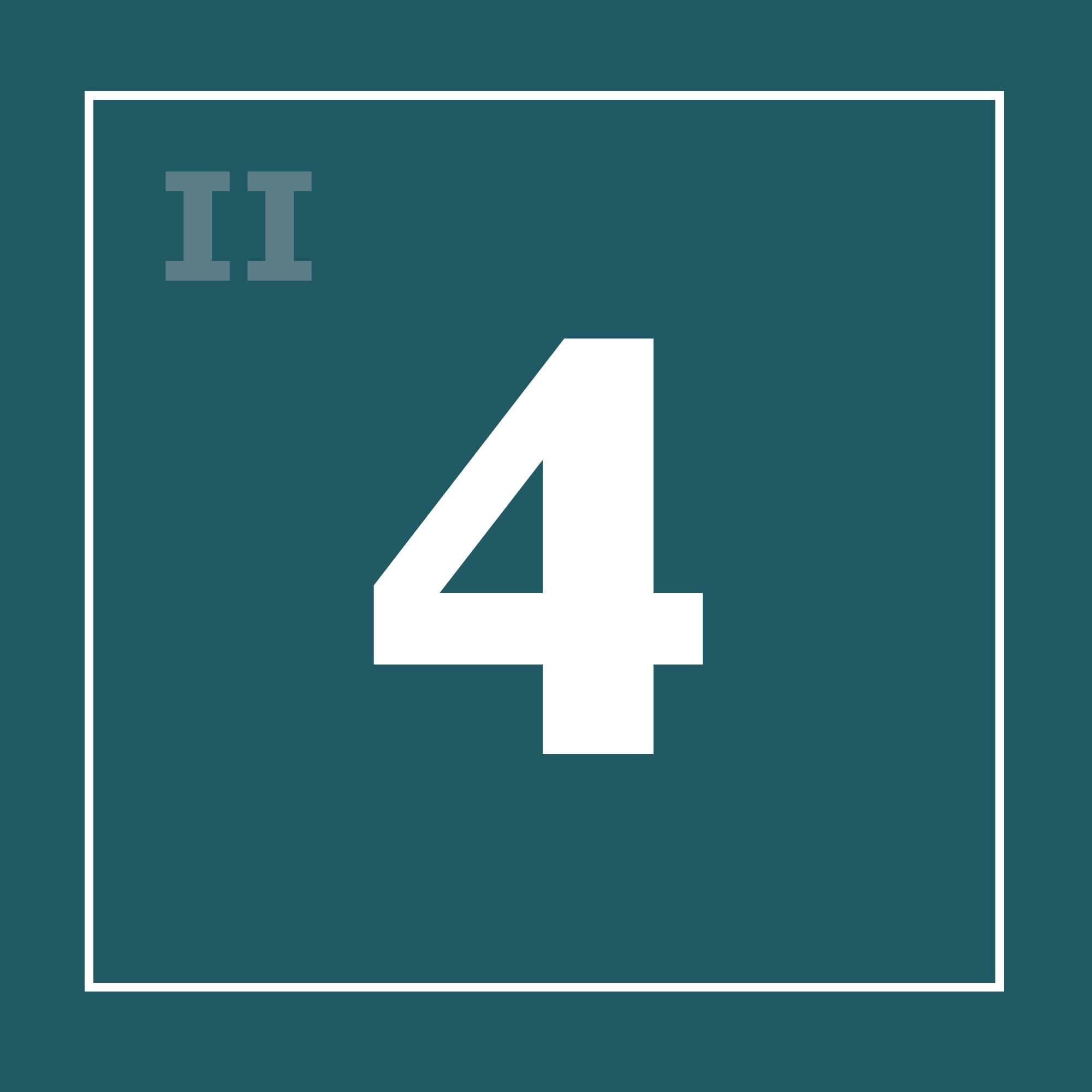
As you have applied the rhythmic concepts learned in Foundations in new musical contexts, you may have run into music that just didn’t “fit”.
Yet with just a few additional ideas, we can build on our first understandings and experiences and cover a wide range of music that we haven’t been able to derive so far.
In this module, we’ll be exploring several interconnected rhythmic concepts which can help us to understand and notate songs with a very different rhythmic “feel” to those we’ve met so far.
Module 5
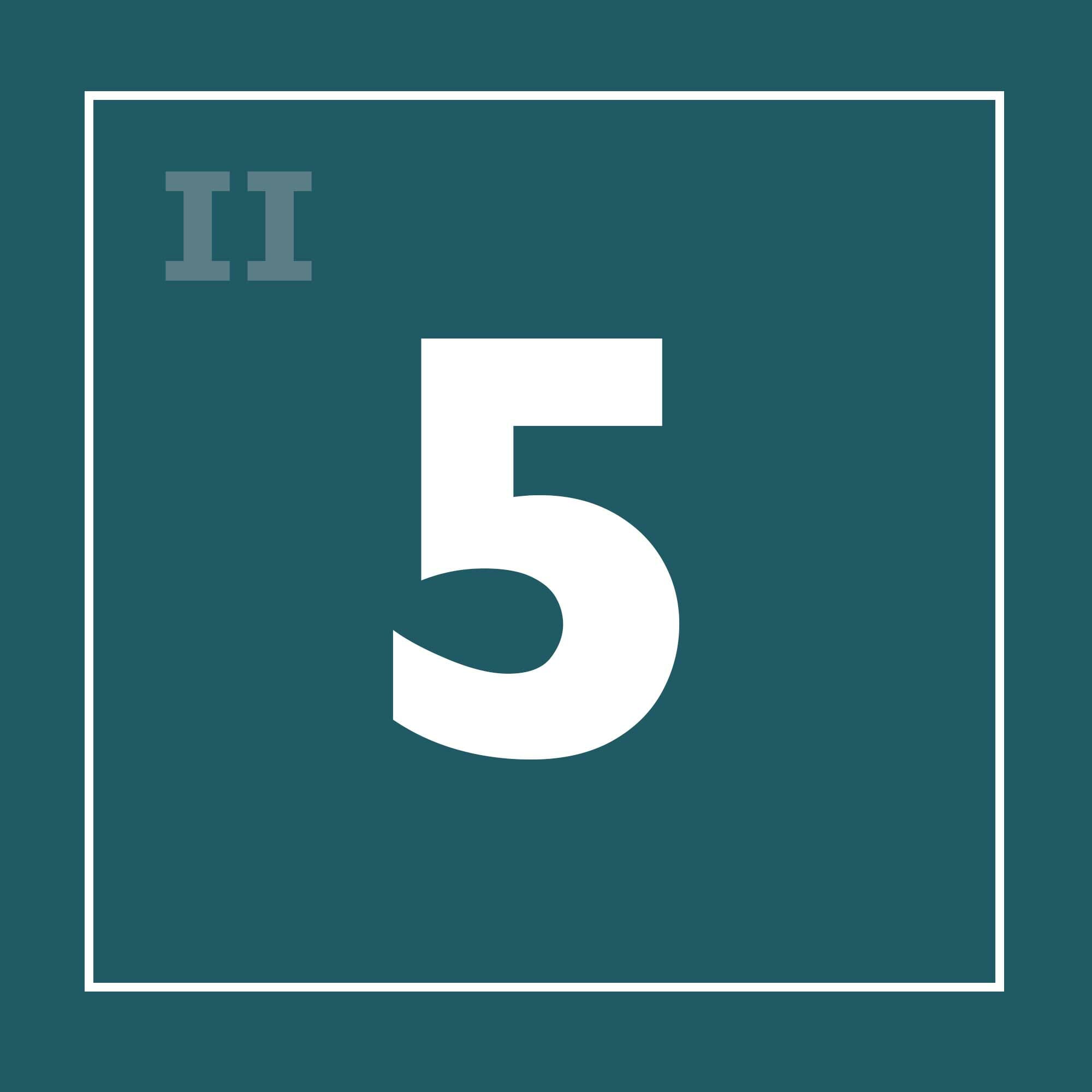
There is still one pitch left to finish our diatonic tone ladder.
This pitch has a very special and dynamic quality in melodies in terms of the feeling of tension and resolution that moves our music forward.
In this module, we’ll be completing our tone ladder and exploring the role taken by this last tone in melodies.
Module 6
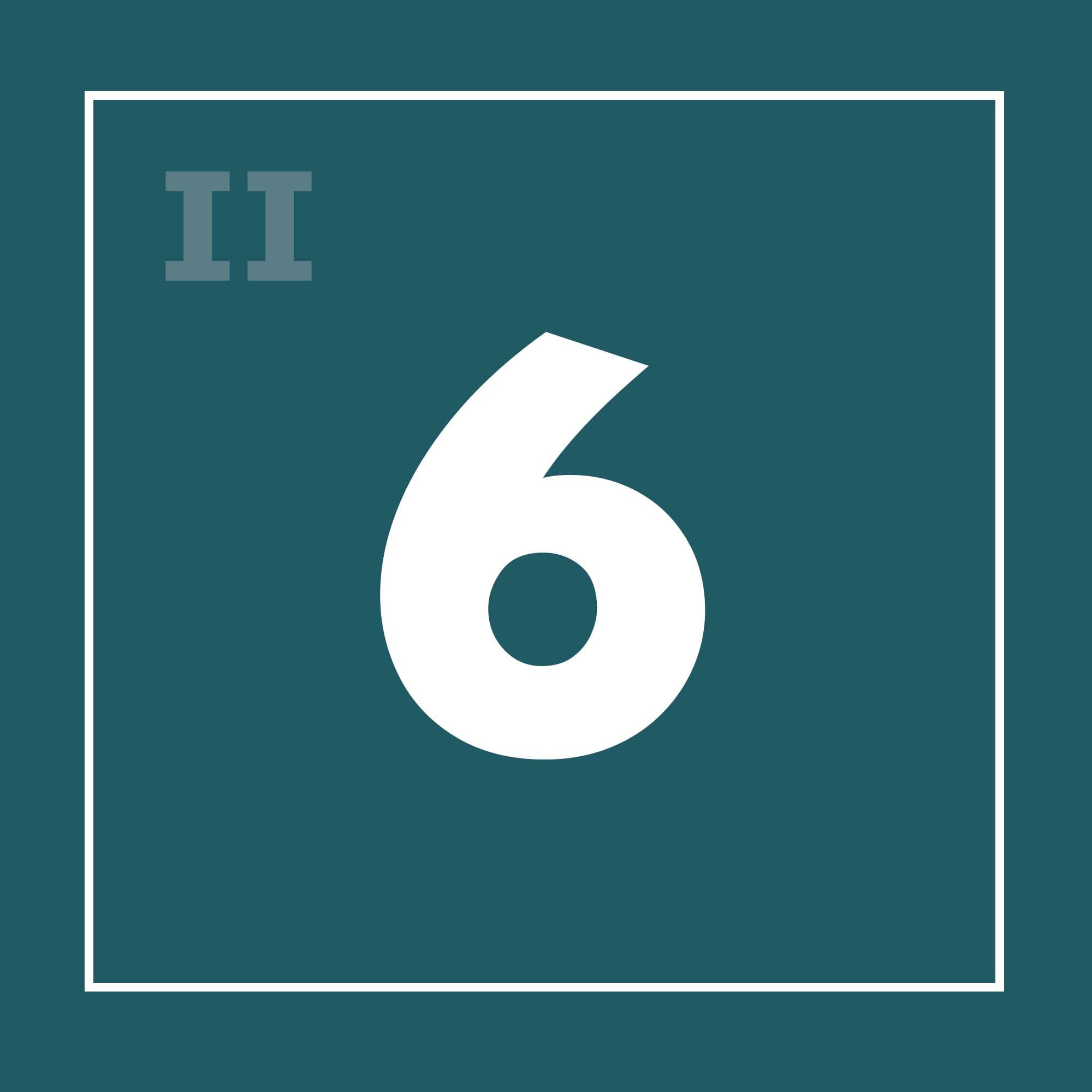
So far, we have been focusing on melody. But by now we’ve developed a strong enough sense of pitch that we can begin to see how they relate to each other in harmony.
We’ve also been keeping our attention on how pitches relate to each other, rather than knowing what they might be on a musical instrument. This is easy to do when most of our practice has been with singing, clapping, and signing.
But our pitch syllable system makes it easy to both understand harmony and “translate” our mental models into real music on real instruments.
In this module, we’ll be exploring how solfa can help us harmonize melodies and how to translate them into actual pitches we can play on our instruments.
